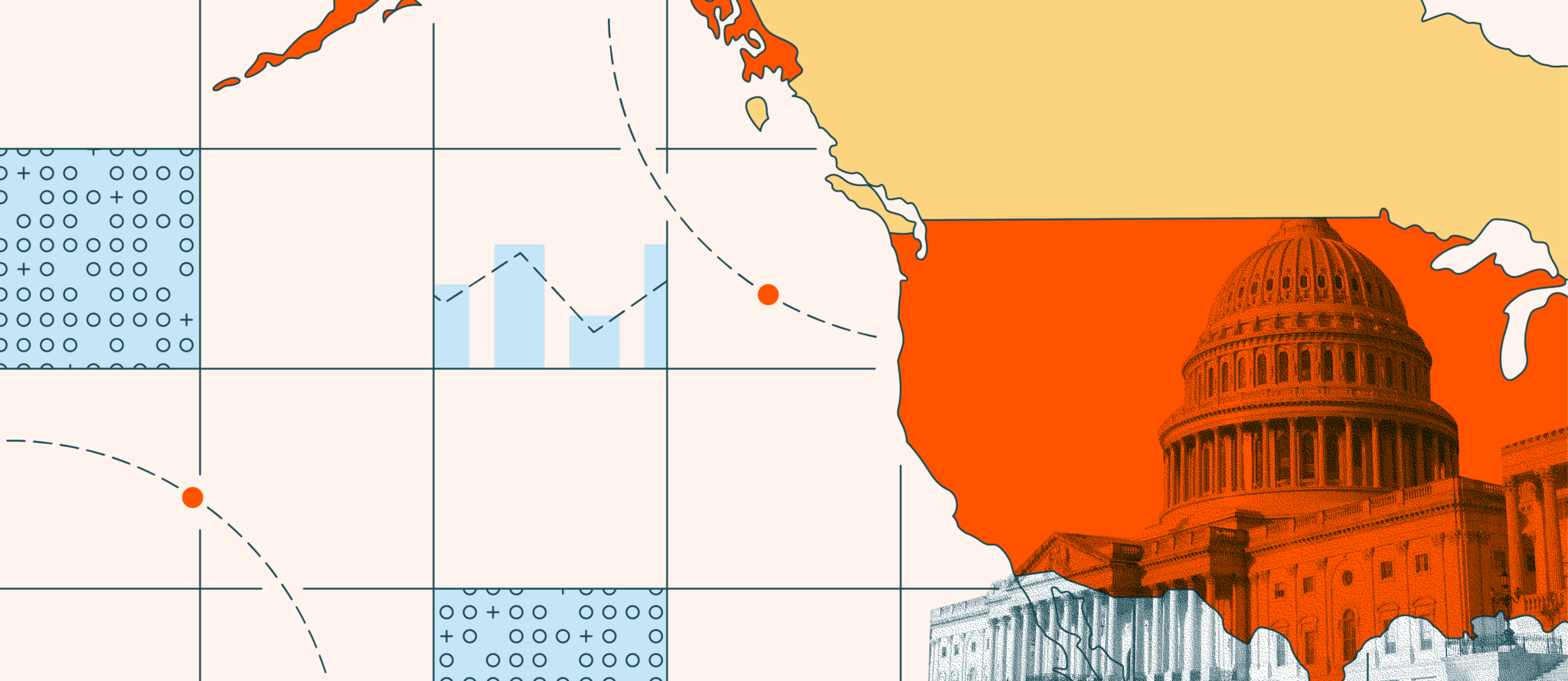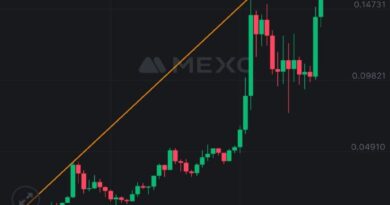How North America Leads the World in Institutional Crypto Adoption
North America is the most active region in the world when it comes to institutional crypto activity, according to a new report by Chainalysis. The report reveals that North America accounts for 34% of all value transferred by professional investors, compared to 16% for East Asia and 13% for Western Europe.
Key Takeaways from the Chainalysis Report
The report, titled “Geography of Cryptocurrency Report: Spotlight on North America”, analyzes the crypto trends and behaviors of different regions based on blockchain data and surveys. Some of the key findings are:
- North America is the third-largest region by overall crypto transaction volume, behind Western Europe and East Asia, but it has the largest share of institutional-sized transfers (over $1 million).
- North America has a higher preference for Bitcoin than other regions, with Bitcoin accounting for 72% of all crypto value received, compared to 51% for East Asia and 50% for Western Europe.
- North America also has a higher share of DeFi activity than other regions, with 19% of all value received by DeFi platforms coming from North America, compared to 15% for Western Europe and 10% for East Asia.
- North America is the most compliant region when it comes to crypto regulation, with the lowest share of illicit activity (0.8%) and the highest share of funds sent to and received from platforms with strong KYC processes (86%).
The report reveals that North America’s crypto market is driven by institutional activity, as 76.9% of the transaction volume involved transfers of $1 million or more. The region also has a balanced mix of decentralized finance (DeFi) and centralized exchange activity, each representing about 37% of the total volume.

However, the report also notes that North America’s crypto market has faced some challenges over the past year, such as the collapse of FTX in November 2022 and a banking crisis in March that affected some crypto-friendly banks. These events led to a decline in crypto activity and stablecoin usage in the region.
Factors Driving Institutional Crypto Adoption in North America
- The presence of well-established and regulated crypto exchanges, such as Coinbase, Gemini, and Kraken, that cater to institutional investors and offer a range of products and services, such as custody, OTC trading, and lending.
- The growing interest and involvement of traditional financial institutions, such as banks, hedge funds, and asset managers, that are offering crypto-related services or investing in crypto assets themselves.
- The innovation and adoption of new crypto trends and technologies, such as DeFi, NFTs, and stablecoins, that are attracting more users and investors to the crypto space.
- The supportive and evolving regulatory environment, that provides clarity and certainty for crypto businesses and investors, while also fostering innovation and competition.
The report also discusses the regulatory landscape and policy implications for North America’s crypto market. It highlights the need for clear and consistent rules for stablecoins, which are the most popular type of crypto asset in the region. It also suggests that the U.S. may be losing its regulatory edge over the stablecoin market, as more activity is happening through entities not licensed in the country.
Challenges and Opportunities for the North American Crypto Market
- The increasing competition from other regions, especially Asia, that are developing their own crypto ecosystems and regulations.
- The potential impact of macroeconomic factors, such as inflation, interest rates, and geopolitical tensions, on the demand and supply of crypto assets.
- The need for more education and awareness among the general public and policymakers about the benefits and risks of crypto assets.
- The opportunity to leverage the existing infrastructure and expertise of the traditional financial system to expand the reach and adoption of crypto assets.
